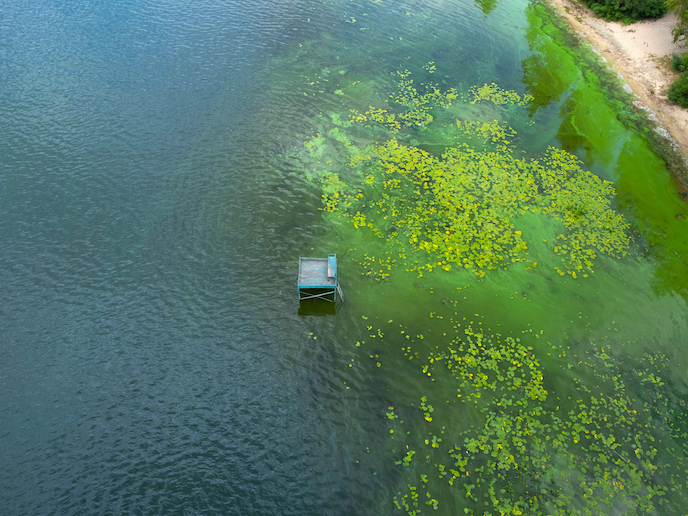Microalgal diversity is driven by complex trade-offs
Despite their microscopic size, phytoplankton make up 1 % of global biomass. They play a crucial role in the ecosystem, yet much about what determines the success of particular species in the environment is unknown. A key factor is the ecological concept of the trade-off: species excel under one set of environment conditions at the cost of falling short in another. Mridul K. Thomas, TROPHY researcher, explains: “If you understand the fundamental trade-off, you can say what types of species are likely to succeed, now and in the future.”
Multiple dimensions
Measuring this trade-off is difficult, as many factors can come into play, such as temperature, light, nutrient density, predation, salinity and more. “One way to investigate this is to take species into the lab where you manipulate these factors in a tightly controlled fashion,” says Thomas, who is based at the Technical University of Denmark. Thomas, who received support from Marie Skłodowska-Curie Actions programme adds that this analysis is prohibitively expensive: “We have done it with a few cases in two dimensions, but we really need several dimensions – perhaps even six or more.” Instead, Thomas used data generated by scientists who have been sampling water in Lake Constance, on the borders of Austria, Germany and Switzerland, every 2 weeks for the last 40 years. “As the environment changes over time, it experiences most of the environmental space we would cover in a lab experiment,” he notes. “Of course it’s much messier, but the idea is that if the environment varies in all these dimensions, we can calculate how species performed in every combination of these conditions.”
Complexity
Analysing the data with machine learning techniques, Thomas found to his surprise there were no examples of pair-wise trade-offs: excelling in one condition did not mean faring badly in another, contrary to expectations. “Accepted wisdom puts forward several, conceptually simple and elegant trade-offs in ecology, which form building blocks in our theories and models. But I found no such simple relationship,” adds Thomas. “You need the variation in all dimensions to explain why many species are successful.” “EU-funding gave me a salary and allowed me to travel to meet with collaborators and go to conferences, it was extremely valuable,” says Thomas. He is now focussing on new research using www.lexplore.info (measurements taken in Lake Geneva every 6 hours), both of phytoplankton and of the environment. This higher frequency data will lead to a more accurate picture of the trade-offs, as well as better forecasts.
Future work
“This could let us make predictions about changes to the lake’s biodiversity in the short term, but also more general claims about how broad changes in the environment – such as increased temperatures and agricultural run-off – are likely to affect phytoplankton,” he explains. While the findings do not dismiss the idea of trade-offs, they do hint that the relationship between organisms and the environment is more complex than existing models assume. “There are such huge numbers of phytoplankton, orders of magnitude more cells than stars in the universe for some species,” notes Thomas. “Anything we can do to understand better how the environment affects them has strong implications for knowing how the world will be in the future.”
Keywords
TROPHY, phytoplankton, microalgae, environment, trade-off, temperature, salinity, climate, change



